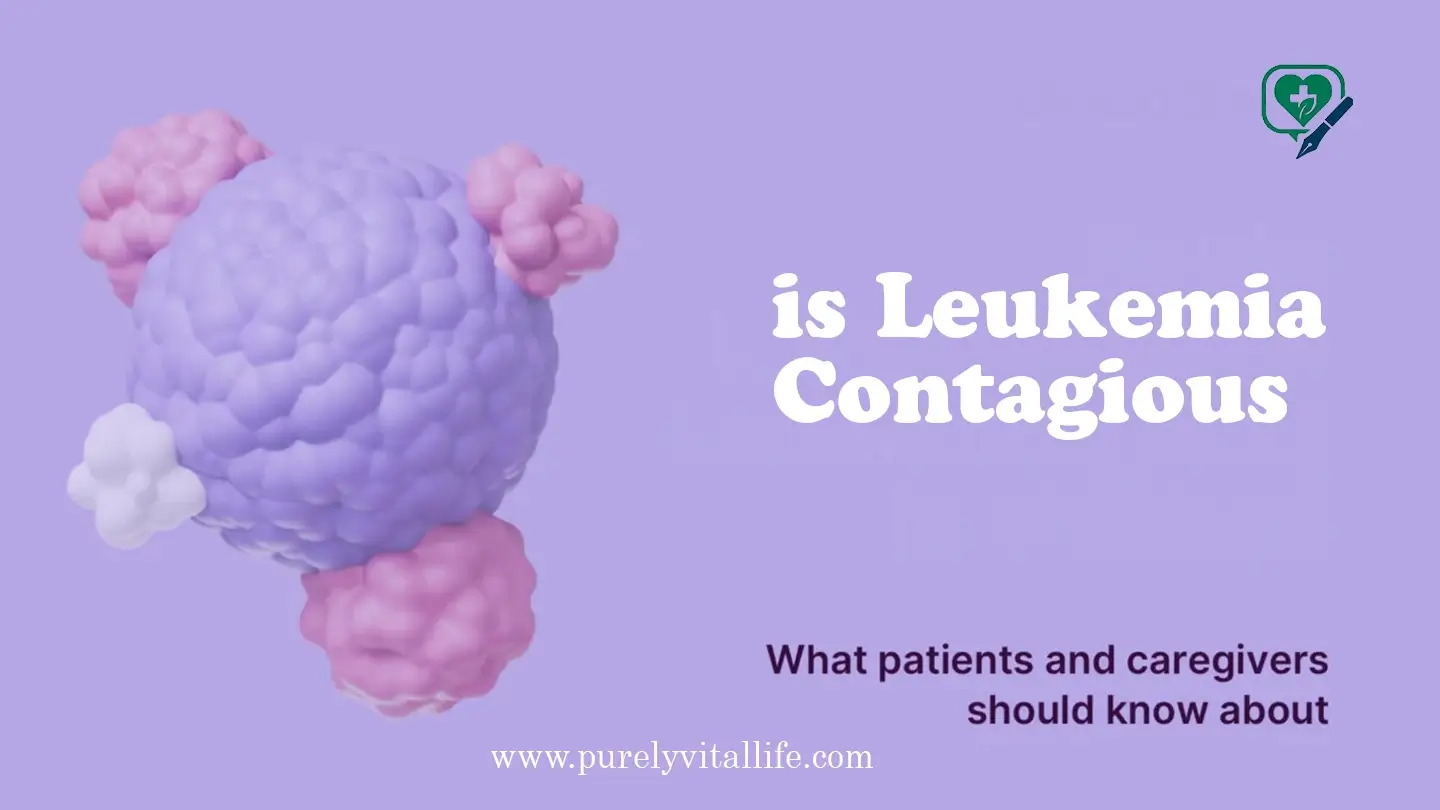
Introduction to is Leukemia Contigous:
When people hear the word leukemia, fear and uncertainty often follow. One of the most commonly asked questions is, “Is leukemia contagious?” At Purely Vital Life, we aim to provide accurate and compassionate health information. In this article, we will uncover the truth behind leukemia, examine its causes, and clarify whether it poses any risk of transmission from one person to another.
Understanding leukemia begins with debunking myths and promoting science-backed facts. Read on to learn everything you need to know about leukemia’s causes, how it affects the body, and—most importantly—why it is not contagious.
What Is Leukemia Contigous?
Leukemia is a type of cancer that affects the blood-forming tissues, including the bone marrow and lymphatic system. It typically begins in the white blood cells, which are essential for fighting infection. In people with leukemia, the bone marrow produces abnormal white blood cells that don’t function properly.
There are several types of leukemia, classified based on the speed of progression and the type of cells affected:
- Acute lymphocytic leukemia (ALL)
- Acute myeloid leukemia (AML)
- Chronic lymphocytic leukemia (CLL)
- Chronic myeloid leukemia (CML)
Each type has its own symptoms, treatment approaches, and prognosis.
Also Read About Trans Broken Arm Syndrome: Understanding the Bias in Medical Care — >>>
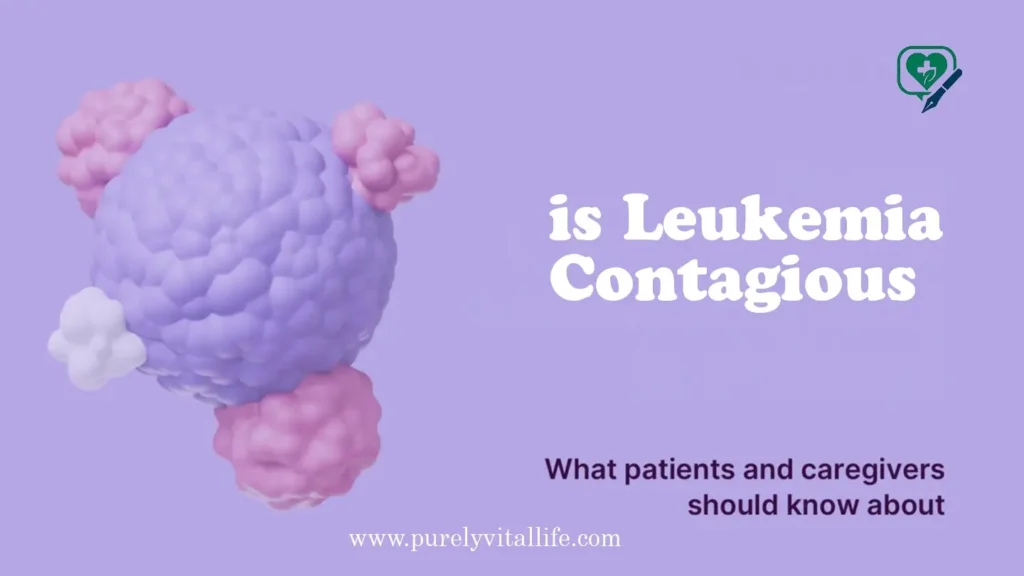
Is Leukemia Contagious? Clearing Up the Misconception:
Is Leukemia Contagious Through Physical Contact?
The answer is no, leukemia is not contagious. You cannot catch leukemia by:
- Hugging
- Shaking hands
- Sharing food or drinks
- Breathing the same air
- Kissing
Leukemia is a non-communicable disease, which means it does not spread from person to person. It is fundamentally different from infections like the flu or the common cold, which are caused by viruses or bacteria.
Is Leukemia Contagious Through Blood or Organ Transplants?
This is a slightly more nuanced issue. Doctors generally avoid transferring blood or organs from a leukemia patient to another person because they recognize the potential risk of transmitting abnormal cells, especially to immune-compromised recipients. However, medical screening and protocols are in place to prevent such occurrences.
What Causes Leukemia If It’s Not Contagious?
If leukemia is not spread from person to person, then what causes it? This question is essential to understand how leukemia develops in the body. Unlike infectious diseases, leukemia arises from changes inside the body—usually from a combination of genetic predispositions and environmental triggers. Medical science has identified several potential causes and risk factors that can increase a person’s likelihood of developing leukemia. Let’s explore them one by one:
Genetic Mutations:
One of the primary causes of leukemia is genetic mutation, which means a change in the DNA structure of certain blood cells. These mutations cause abnormal white blood cells to grow and divide uncontrollably, eventually crowding out healthy cells. These changes are not inherited in most cases but occur during a person’s lifetime due to unknown factors. However, some people may be born with a genetic predisposition to develop leukemia. Read More — >>>
Radiation Exposure:
High levels of radiation exposure have long been linked to leukemia, especially acute types. Survivors of atomic bombings and nuclear accidents have shown higher rates of leukemia years after the event. Similarly, patients who have undergone high-dose radiation therapy for other cancers may be at an increased risk. It’s important to note that normal environmental radiation or routine medical imaging (like X-rays) typically does not pose such a risk. Read More — >>>
Exposure to Certain Chemicals:
Certain industrial chemicals, especially benzene, damage the bone marrow and disrupt the normal production of blood cells. Manufacturers use benzene in producing plastics, dyes, rubbers, and other products. People who experience long-term exposure to these chemicals—especially without proper protective measures—face a direct link to the development of leukemia. This is more common among workers in industries where benzene exposure is frequent.
Chemotherapy for Other Cancers:
Ironically, some strong cancer treatments can increase the risk of developing secondary cancers like leukemia. Chemotherapy drugs that treat solid tumors can sometimes damage bone marrow cells and lead to leukemia years later. Medical professionals refer to this condition as therapy-related leukemia. Although rare, aggressive cancer treatment can cause this known side effect.
Smoking:
Smoking is not only linked to lung cancer and heart disease but also to certain types of leukemia—especially acute myeloid leukemia (AML). The toxic chemicals in tobacco smoke can enter the bloodstream and damage bone marrow cells. This risk is higher for long-term smokers and increases with the number of cigarettes smoked daily. Quitting smoking significantly reduces this risk over time.
Family History:
Although leukemia is not usually inherited, having a close family member (like a parent or sibling) with leukemia can slightly increase your chances. This does not mean the disease will definitely develop, but genetic similarities may play a role in susceptibility. Research continues to explore how certain inherited traits may affect leukemia risk, especially in families with multiple cases of blood cancers.
How Is Leukemia Diagnosed?
Diagnosis involves several medical tests and evaluations, such as:
- Complete blood count (CBC)
- Bone marrow biopsy
- Imaging tests like CT scans or MRIs
- Genetic testing
These tests help determine the type, stage, and treatment plan for leukemia.
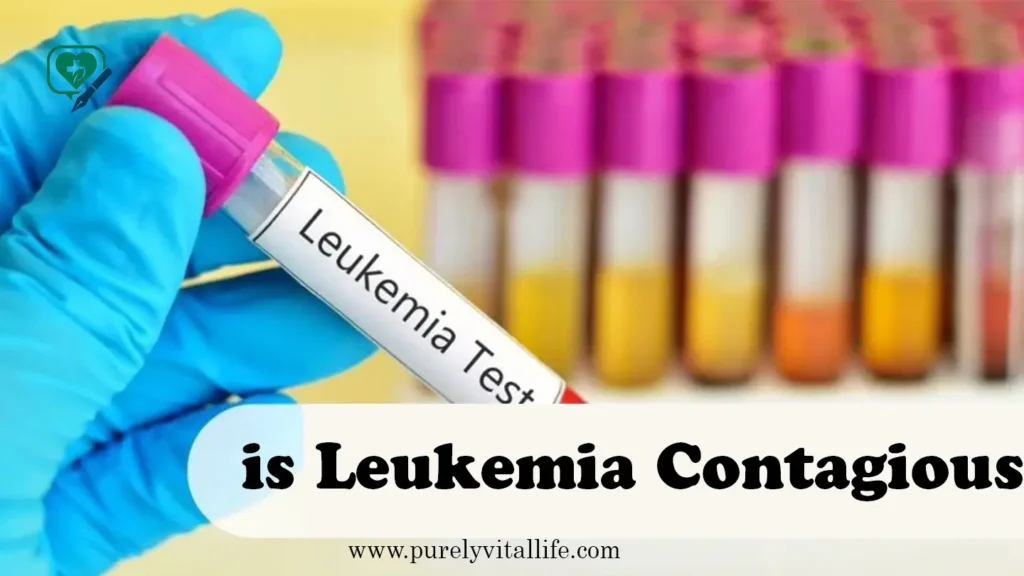
Is Leukemia Contagious in Children?
Many parents worry whether childhood leukemia can spread among classmates or siblings. Rest assured, leukemia is not contagious in children. Children with leukemia can safely attend school and play with others once medically cleared.
The causes of leukemia in children are often unknown, though some links to genetic factors and in-utero exposures have been studied. Regardless, there is no risk of your child “catching” leukemia from another.
Living with Leukemia: Can You Be Around Others?
Yes, people living with leukemia can safely be around others. However, it is usually the patient—not the people around them—who is at greater risk of catching infections due to a weakened immune system from the disease or its treatment.
Precautions for leukemia patients may include:
- Avoiding crowded places
- Practicing good hygiene
- Wearing a mask during flu seasons
- Following doctors’ guidance about social interactions
These steps are meant to protect the patient, not those around them.
Addressing Common Myths: Is Leukemia Contagious in Any Form?
Let’s debunk a few lingering myths:
| Myth | Fact |
| Leukemia is a virus. | Leukemia is cancer, not caused by a virus. |
| You can catch it through blood. | Routine contact with blood doesn’t spread leukemia. |
| Children with leukemia should be isolated. | There is no need to isolate children with leukemia. |
| It can be transmitted like HIV. | Leukemia is not transmitted like any infectious disease. |
Why Do People Think Leukemia Is Contagious?
The idea that leukemia might be contagious likely stems from:
- A lack of public education
- The fact that some infections (like HPV and Hepatitis B) can lead to certain cancers
- Emotional responses to the seriousness of the disease
At Purely Vital Life, we advocate for breaking down such misconceptions through facts and compassion.

Conclusion: Is Leukemia Contagious? Here’s the Final Word
So, is leukemia contagious? The clear, medically proven answer is no. Leukemia is a type of cancer with complex causes that include genetic, environmental, and lifestyle factors—but none of these are contagious.
Instead of fearing transmission, our efforts should focus on early detection, treatment, and supporting those affected. Stay informed with reliable sources like Purely Vital Life, where we prioritize truth, clarity, and community support.


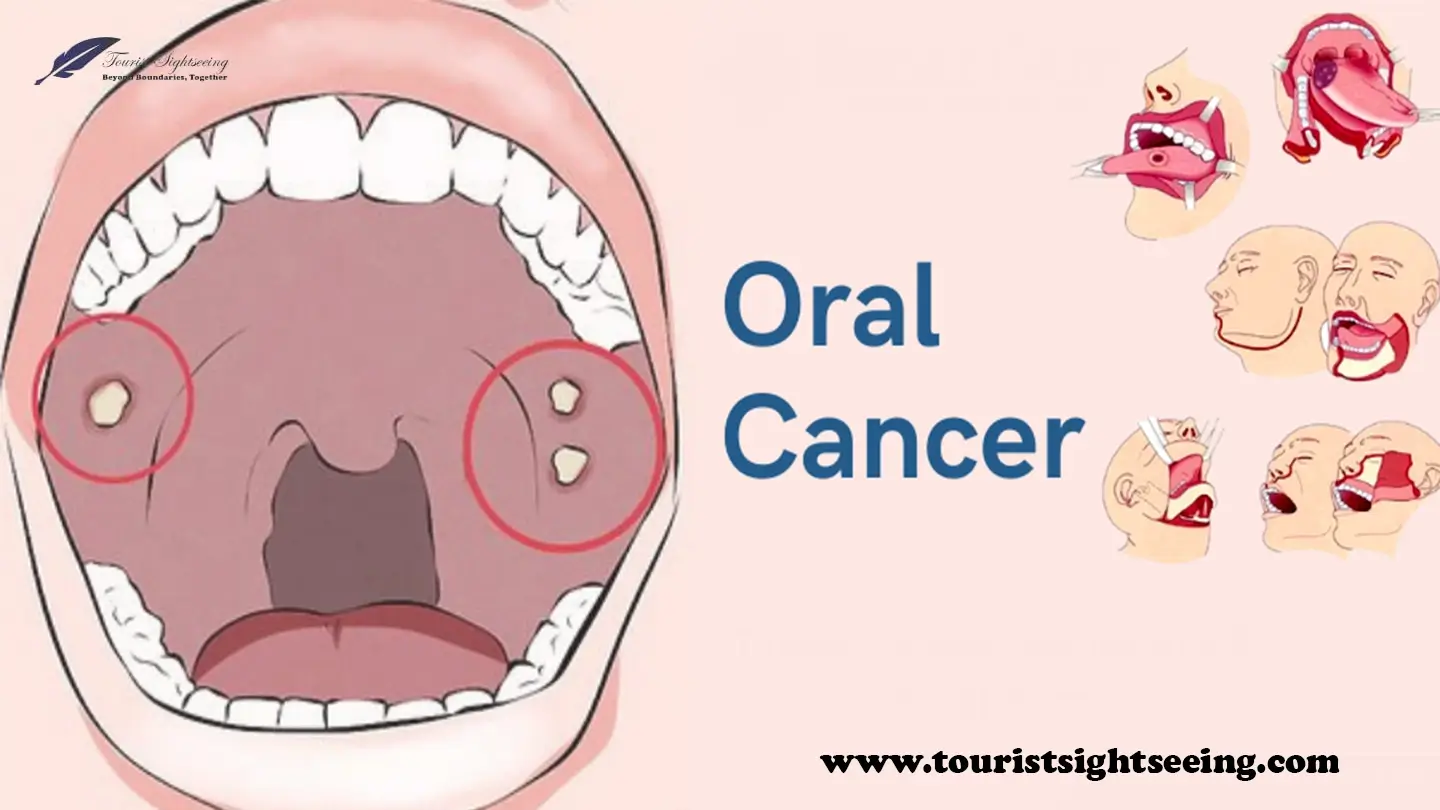
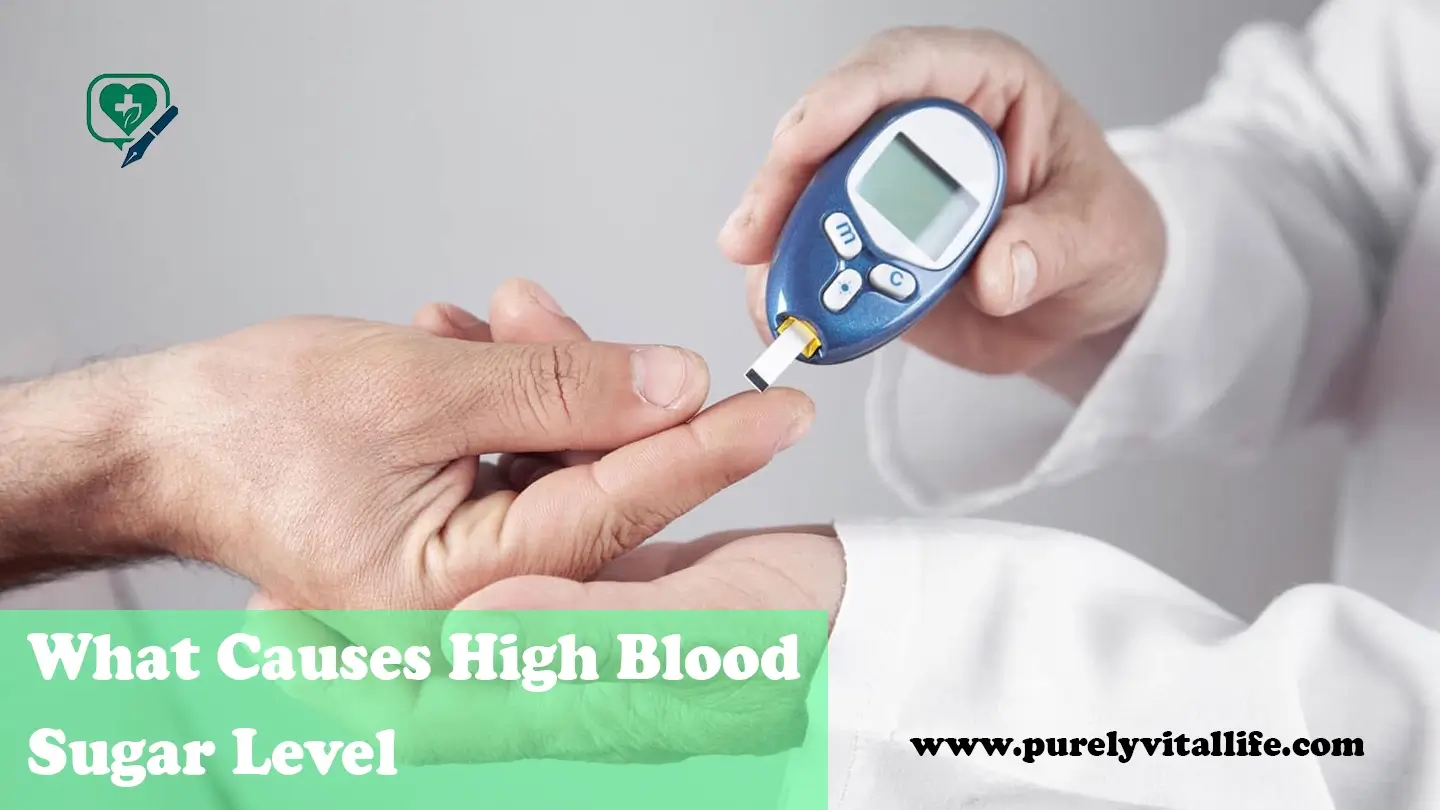

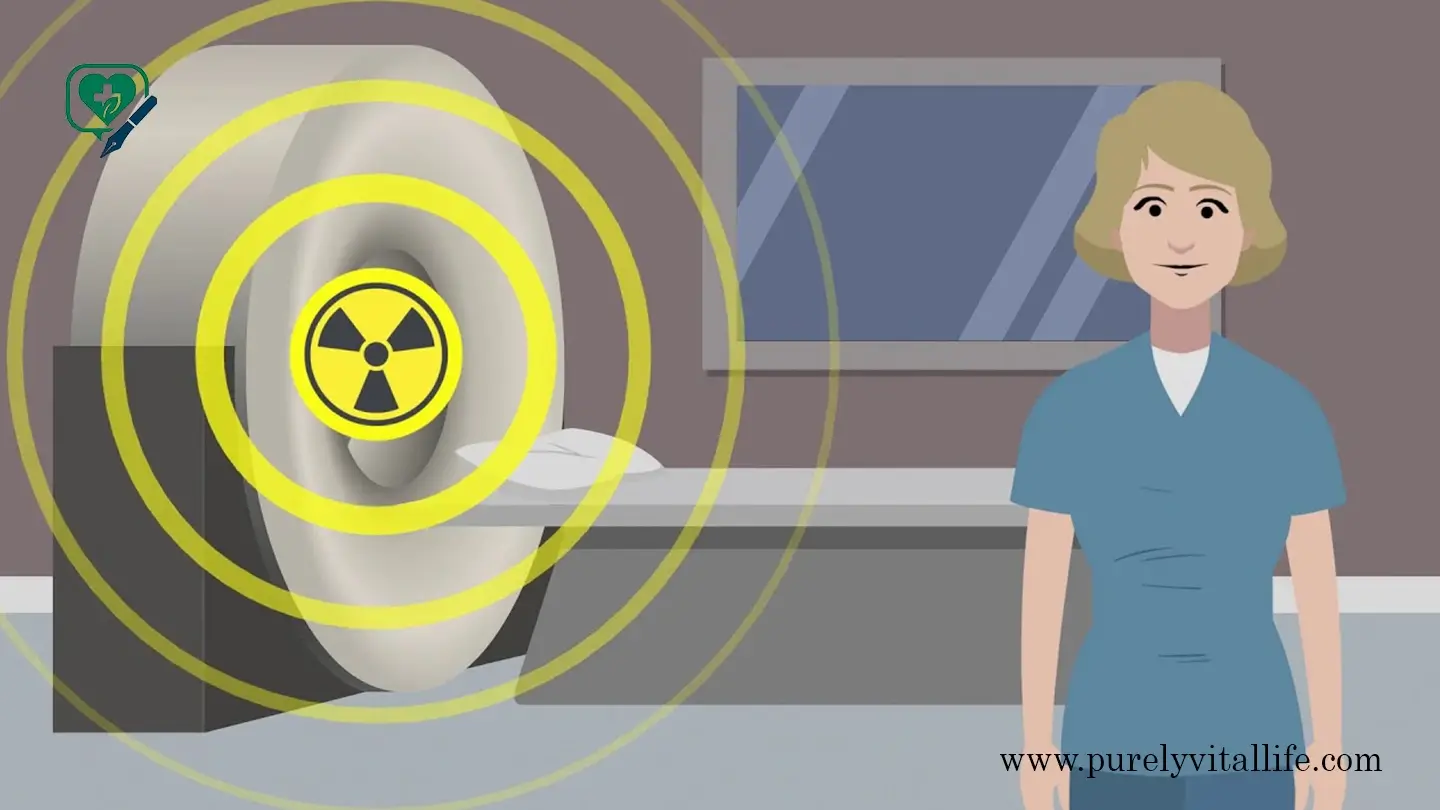


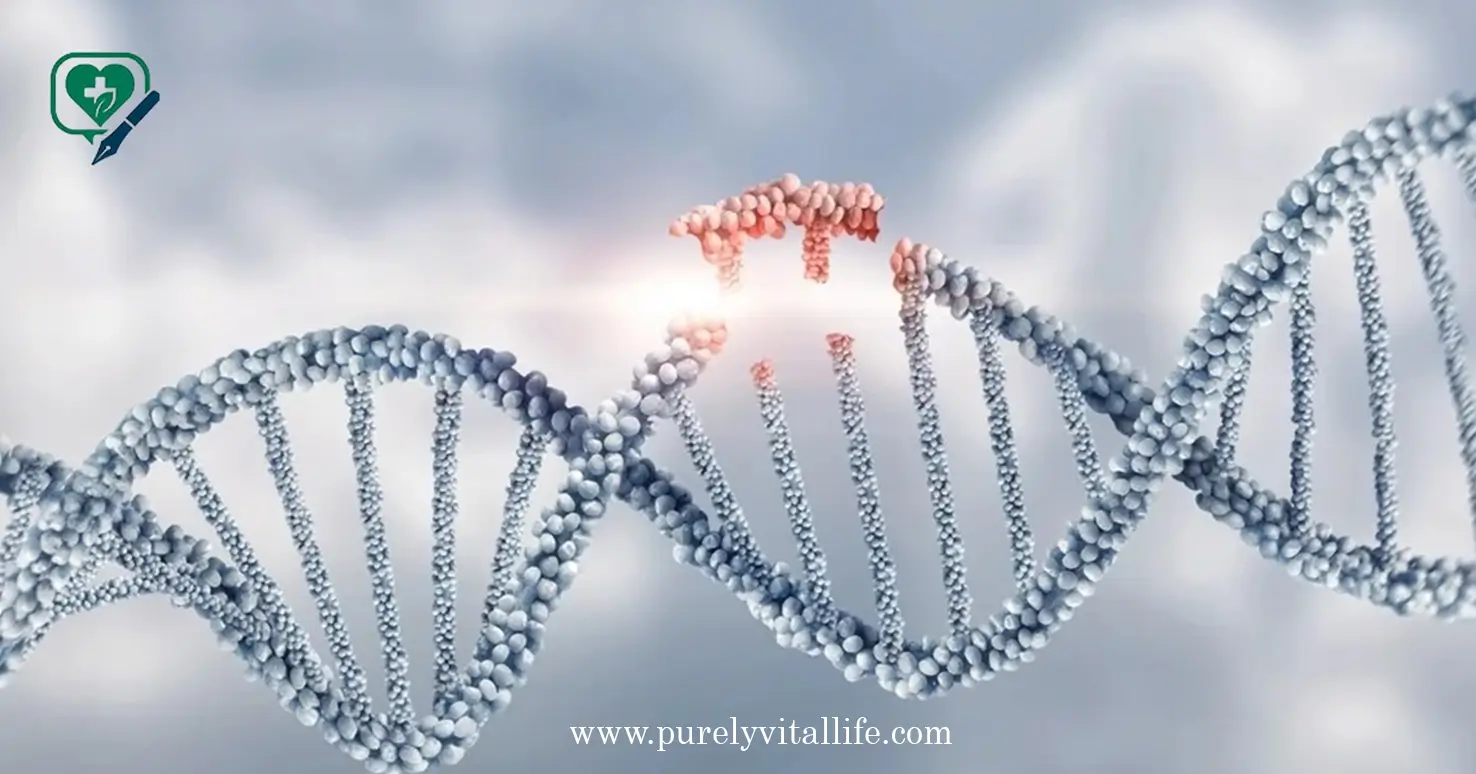
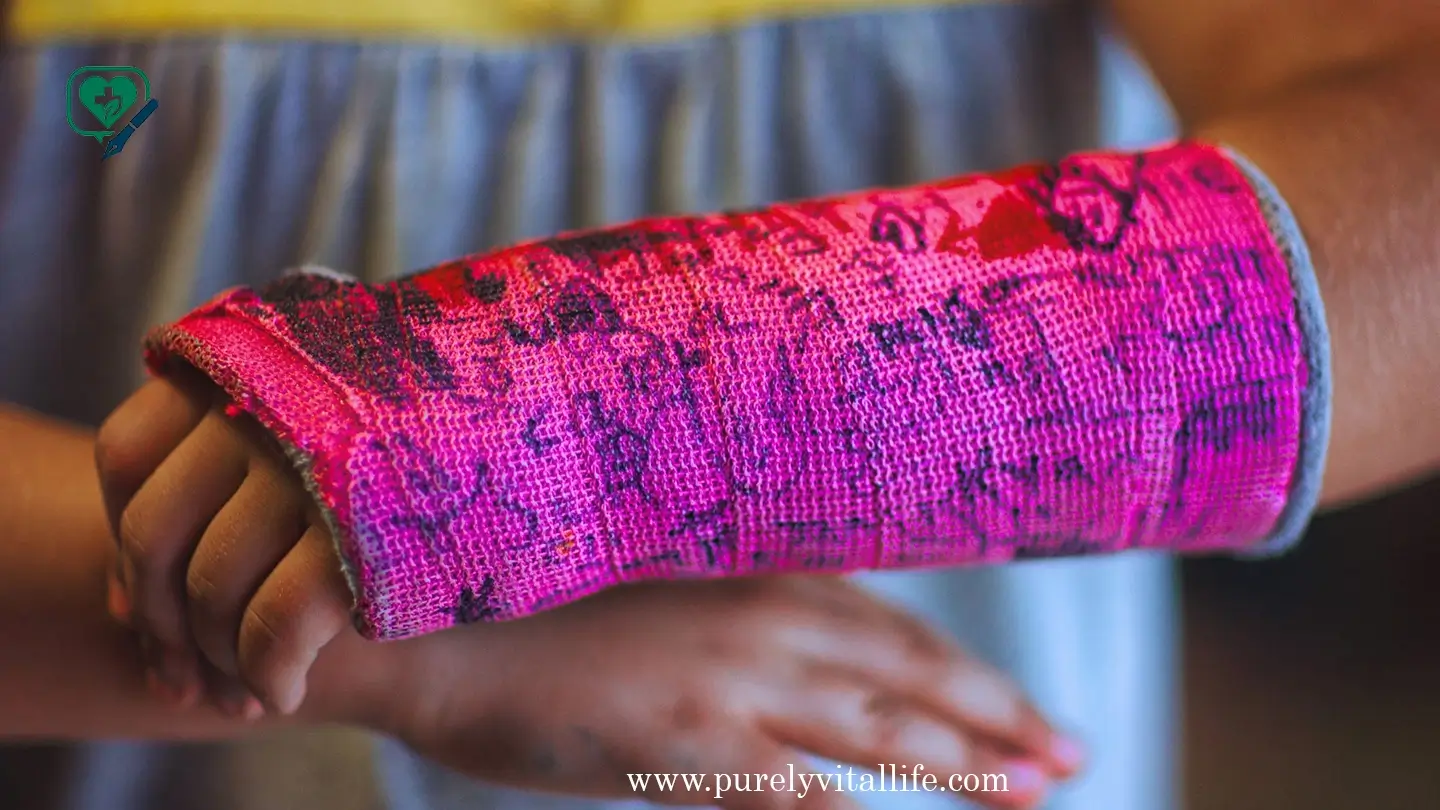

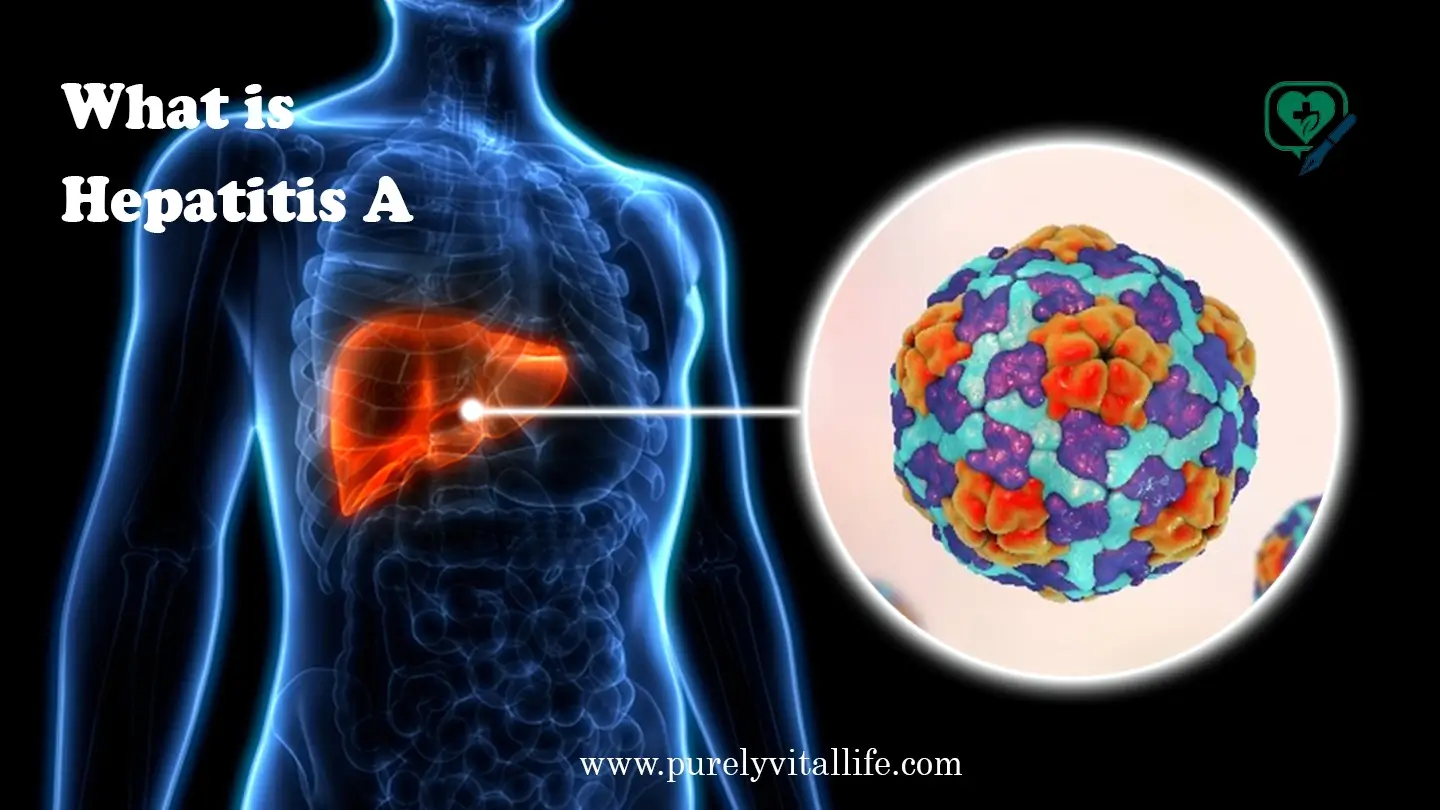
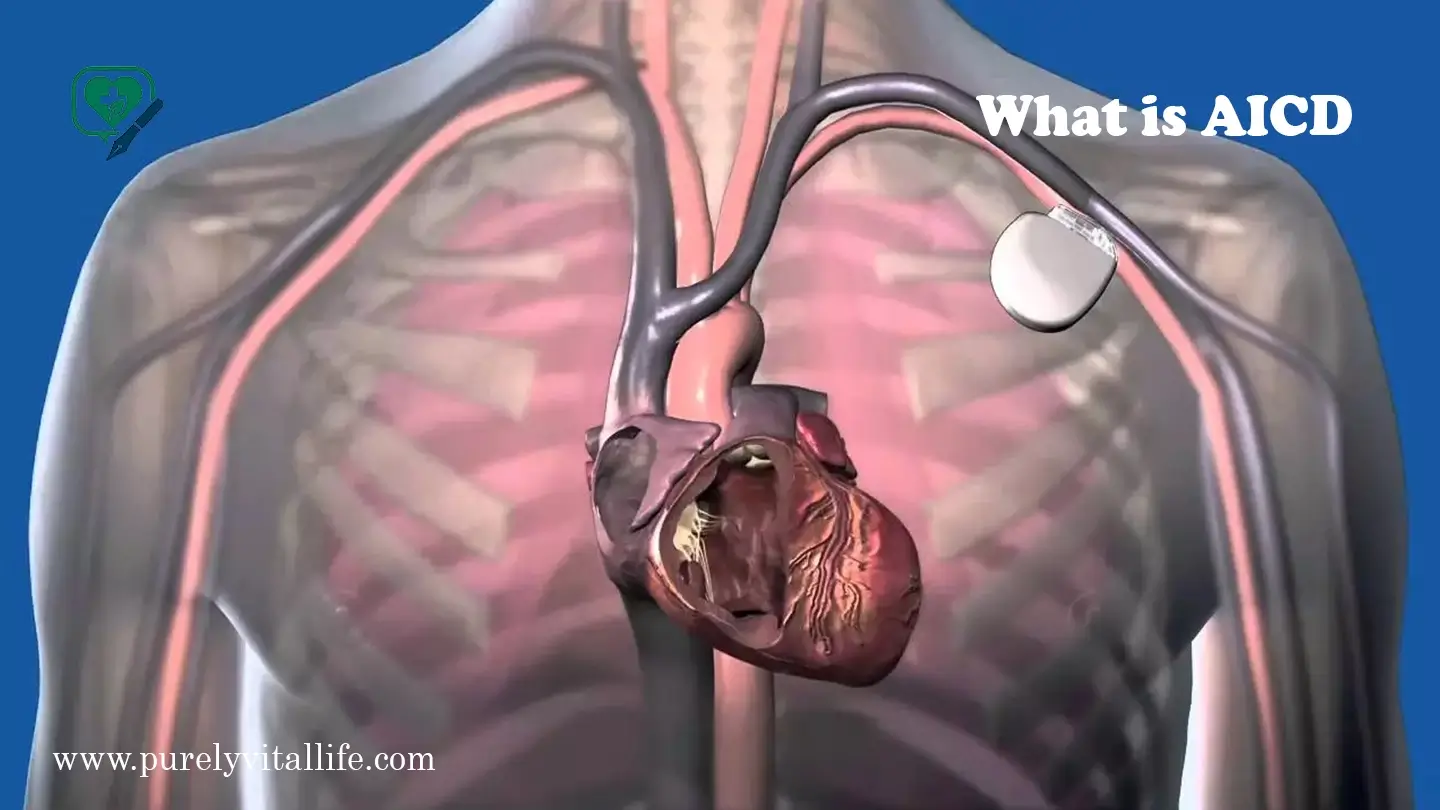




Great article! Many people have this misconception. It’s helpful to see leukemia explained clearly and the causes broken down with facts.